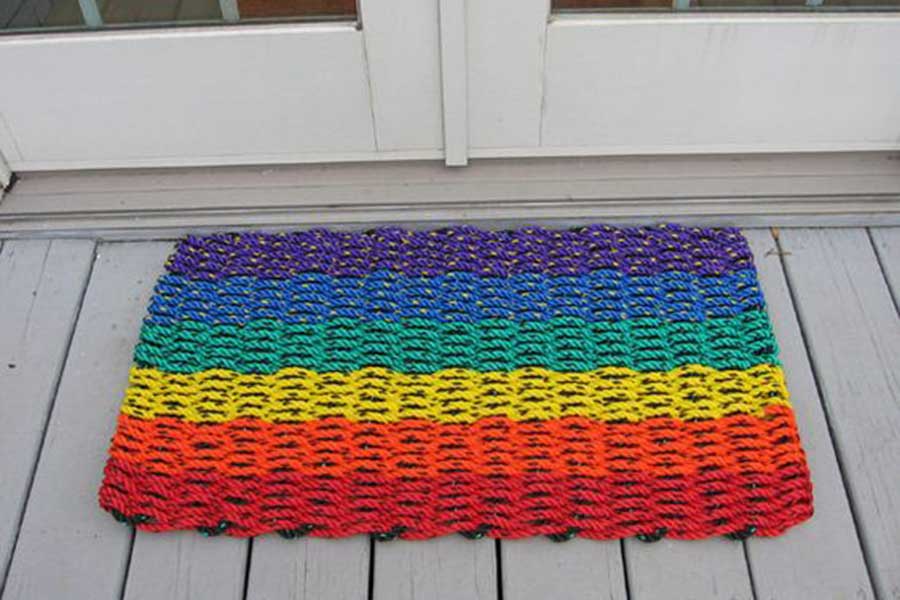All professionals who provide services to older adults work LGBT individuals, even if they do not realize it.
Likewise, seniors who attend senior centers or share housing communities, share that space with their LGBT peers. Recent data from the national organization SAGE (Services and Advocacy for GLBT Elders) indicates that nearly 3-million LGBT adults over 50 live in the United States and that number is expected to double in the coming years.
How do the issues and concerns of aging that affect LGBT seniors differ from their heterosexual peers? LGBT seniors have spent a lifetime hiding their identity for fear of prejudice and discrimination. Further, they lack traditional family-support networks, making them more reliant on aging services but less likely to access due to a lifetime of stigma and marginalization. After a lifetime facing stigma and keeping their sexual orientation and gender identity concealed, many do not receive care that is sensitive to their needs and concerns, resulting in even further isolation and health problems down the line.
Having all been brought up in a society that privileges heterosexuality, we need to recognize that the bias this introduces is not automatically lost because we are in the aging-services field. Knowing about someone’s sexual orientation and gender identity is different from knowing about that person’s sex life. Sexuality, including sexual orientation and gender identity, is an integral part of everyone’s identity, LGBT or not.
Most human-services and healthcare providers receive no coursework, instruction or information on the needs of LGBT older adults. This intersection of lack of training and society’s pervasive heterosexism creates a circle of continued stigma.
According to the recent AARP survey, “Maintaining Dignity: understanding and responding to the challenges facing LGBT Americans,” most LGBT adults want providers who are specifically trained to meet client needs. They also want some providers or staff who are LGBT themselves.
A 2010 study called “Ready to Serve” found that staff training was key in building and understanding and addressing the unique needs of our LGBT older adults. The goal of such training is to ensure that the attitudes, actions, and practices of health and other care providers contribute to the creation of aging services that support the safety, inclusion and welfare of our LGBT older adults, their families and their caregivers. I have been training on LGBT inclusion and diversity for a long time and, for me, one of the joys of training is listening to the participants’ unique stories, experiences, thoughts and feelings.
I see trainings as opportunities for conversations that can create synergy, connection and community for us to continually learn about others and ourselves. For example, challenging assumptions of aging service providers who believe they can identify any LGBT adult who is accessing their services or that training is not needed because staff treat everyone the same.
When I think about trainings, I don’t see “cultural competence” as an end goal, but a commitment to ongoing engagement with LGBT-affirming behaviors, knowledge, attitudes and policies. According to the National Resource Center on LGBT Aging, SAGE’s award winning resource center, training needs to address the following:
• Cultural Awareness: being knowledgeable about what LGBT older adults typically experience when accessing, or thinking about, accessing services.
• Cultural Humility: no matter how much we learn about or become aware of a culture, each individual is the expert on his or her own experience.
• Cultural Responsiveness: learning new patterns of behavior and effectively applying them individually and within the organization’s setting.
As a certified trainer with SAGE, I have had the opportunity over the years to provide training and technical assistance to a number of local and regional aging services providers. Providers can now work towards a SAGECare credential.
As advocates and practitioners, we must continue to support the existence of a culturally competent aging network. The array of trainings offered by SAGE are the beginning of the process of assuring culturally sensitive care and providing the same opportunities as their heterosexual peers to age in a safe and supportive environment.
Terri Clark, MPH, is Prevention Services Coordinator at Action Wellness in Philadelphia and a certified trainer with SAGE. She also is coauthor and editor for a teaching manual that includes over 50 lesson plans entitled “Orientation: Teaching about Identity, Attraction and Behavior.” For more information about training and/or SAGECARE credentials, visit SAGE’s website at www.Sageusa.org.
